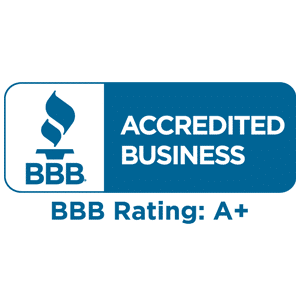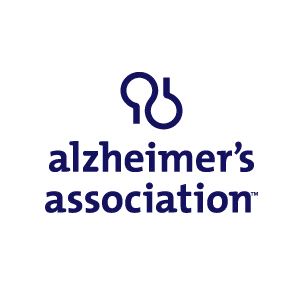Identifying the Signs of a Stroke FAST
In 2020, one Australian had a stroke every 19 minutes, and more than 445,000 Australians live with the effects of stroke. Unfortunately, stroke is one of the leading causes of death in Australia. However, many strokes are preventable, and if a stroke does occur, the chances of survival are greatly increased if help is given quickly. At Home Care Assistance, our Care Professionals are trained to know the signs of stroke and seek help quickly. But stroke can occur anywhere, anytime. It is therefore important that everyone knows how to spot a stroke and what to do. This blog will explore the risk factors for stroke, the signs of stroke, and the FAST method for checking to see if someone is having a stroke.
Risk Factors for Stroke
Factors that can increase the risk of stroke include:
- Smoking
- High cholesterol
- High blood pressure
- Diabetes
- Advanced age
Extra risk factors for women include:
- High blood pressure during pregnancy
- The use of certain types of birth control
High cholesterol, high blood pressure, and diabetes are all conditions that can be treated. Keeping these conditions under control reduces a person’s risk of stroke. Smoking is also a controllable risk factor – but you don’t have to do it on your own. If you or your loved one smokes, help is available through your GP or relevant organisations to cut down or quit.
While aging is not something that can be stopped. Aging as healthily as possible through good lifestyle choices, such as a nutritious diet and regular exercise, can help to reduce a person’s risk of stroke.
Signs of a Stroke
Signs of a stroke include:
- A sudden and severe headache
- Sudden loss of coordination
- Sudden speech difficulties
- Sudden vision changes
- Sudden weakness on one side of the body including facial drooping.
A FAST method for identifying a stroke
If you think someone is having a stroke, using the FAST method can help identify the stroke so you can seek help quickly. The FAST signs of a stroke include:
- Face drooping. Ask the person to smile. Is one side of their face drooping?
- Arm weakness. Ask the person to raise both arms. Does one arm drift downward?
- Speech. Ask the person to repeat a simple sentence. Is their speech garbled or slurred?
- Time to call. If any of the above signs are present, call 000 – even if the signs go away. Also, take note of the time the signs started.
Getting treatment quickly can not only help a person survive a stroke but minimise the long-term damage. So do not hesitate to call 000 if you think someone is having a stroke.
Stroke Recovery
Recovering from a stroke can take time and be frustrating. During this time, many people require a higher level of care to assist with personal care as well as preparing meals, keeping the house clean, getting to medical appointments, and sticking to the prescribed medical and rehabilitative plan. Providing this support can be onerous for a loved one. However, help is available through in-home support at Home Care Assistance. At Home Care Assistance, our Care Professionals can help stroke survivors with their recovery. Contact us today if you or your loved one needs support to recover from a stroke.
Stroke is a common condition. However, with the right treatment, the chances of you or your loved one having a stroke can be reduced. If a stroke does occur, getting help fast is key. So, remember the FAST method and call 000 if you suspect someone is having a stroke.
Support of an in-home care agency like Home Care Assistance, can bring enormous benefit and comfort to your quality of life while living independently at home. Home Care Assistance has viable solutions when it comes to supporting independent living. For more information, get in touch with a Home Care Assistance near me today.
[1] https://strokefoundation.org.au/about-stroke/learn/facts-and-figures
[2] https://www.aihw.gov.au/reports/heart-stroke-vascular-diseases/hsvd-facts/contents/all-heart-stroke-and-vascular-disease/stroke



















